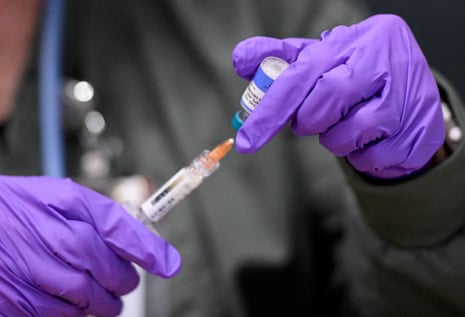Understanding the Recent Measles Outbreak: Causes, Impact, and Prevention

The past year has seen a significant measles outbreak sweep across parts of North America. As record infection numbers continue to rise, health officials and communities are working urgently to combat the spread. In this article, we delve into what caused this outbreak, how it is affecting people, and the steps everyone can take to stay protected.
What Sparked the Recent Outbreak?
Health experts are raising alarms over the resurgence of measles in the United States, Mexico, and Canada. According to a detailed report by The Guardian, low vaccination rates and misinformation have paved the way for what one expert calls a "post-herd-immunity world." The outbreak began in west Texas and has spread to neighboring states. Communities with limited access to public health information, particularly some Mennonite groups, have been hit especially hard.
A major factor behind this measles outbreak is declining vaccination coverage. With only a handful of countries in the Americas achieving sufficient immunization rates, the virus has found new opportunities to circulate. Alarmingly, the risk of infection in the Americas has increased more than tenfold compared with previous years.
Impact Across North America
The scale of the current outbreak is unlike anything seen since the 1990s. CBS News reports that the week of March 30 set a new record for measles cases in a single week since the virus was declared eliminated in the U.S. in 2000. So far this year, the CDC has confirmed over 935 cases across 30 U.S. jurisdictions, with at least three fatalities. Canada and Mexico have also reported sizable numbers, with Canada seeing over 1,000 cases.
Hospitalization rates underscore the seriousness of this outbreak. In the U.S., 13% of cases have required hospital care, and the disease can lead to life-altering complications. Children under five are particularly vulnerable to severe symptoms, brain swelling, or even death.
The Role of Vaccination and Public Policy
Prevention remains the best defense against measles. The Guardian article emphasizes that the MMR (measles, mumps, rubella) vaccine is about 97% effective. Despite this, misinformation continues to sow doubt. Some public figures have made unsubstantiated claims about vaccine safety, undermining community trust.
Experts caution against relying on unproven therapies for measles, warning that they can endanger lives. The consensus among infectious disease specialists is clear: proactive immunization is the safest, most effective path to outbreak prevention. The CDC and health agencies encourage everyone, especially children and those in high-risk communities, to check their vaccination status.
Looking Ahead: Staying Protected
Though the rate of new infections may have slowed, officials warn that declaring the outbreak over would be premature. Travel, delayed diagnoses, and unreported mild cases can prolong the spread. For updated outbreak data and reliable prevention tips, refer to current CDC guidance and local public health resources.
Protecting yourself and the community begins with accurate information and timely action. Ensure your vaccinations are up-to-date, support educational efforts, and encourage responsible health decisions within your network.
Summary
This measles outbreak makes it clear: collective vigilance and strong vaccination coverage are our best tools against preventable diseases. Stay informed, get vaccinated, and do your part to halt future outbreaks.